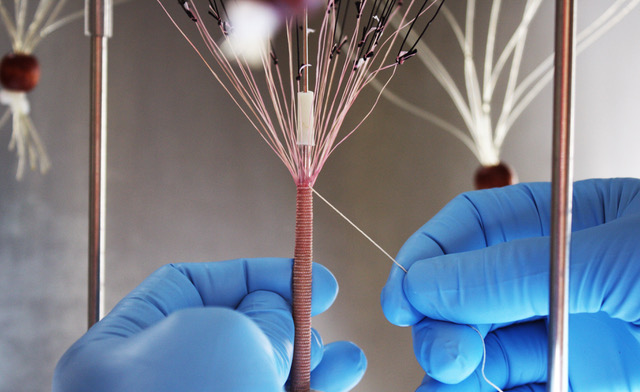
What if we could replace a patient’s damaged blood vessels with brand new ones produced in a laboratory? This is the challenge set by Inserm researcher Nicolas L’Heureux, who is working on the human extracellular matrix – the structural support of human tissues that is found around practically all of the body’s cells.
In a study published in Acta Biomaterialia, L’Heureux and his colleagues at the Tissue Bioengineering unit (Inserm/Université de Bordeaux) describe how they have cultivated human cells in the laboratory to obtain extracellular matrix deposits high in collagen – a structural protein that constitutes the mechanical scaffold...
Read More









Recent Comments